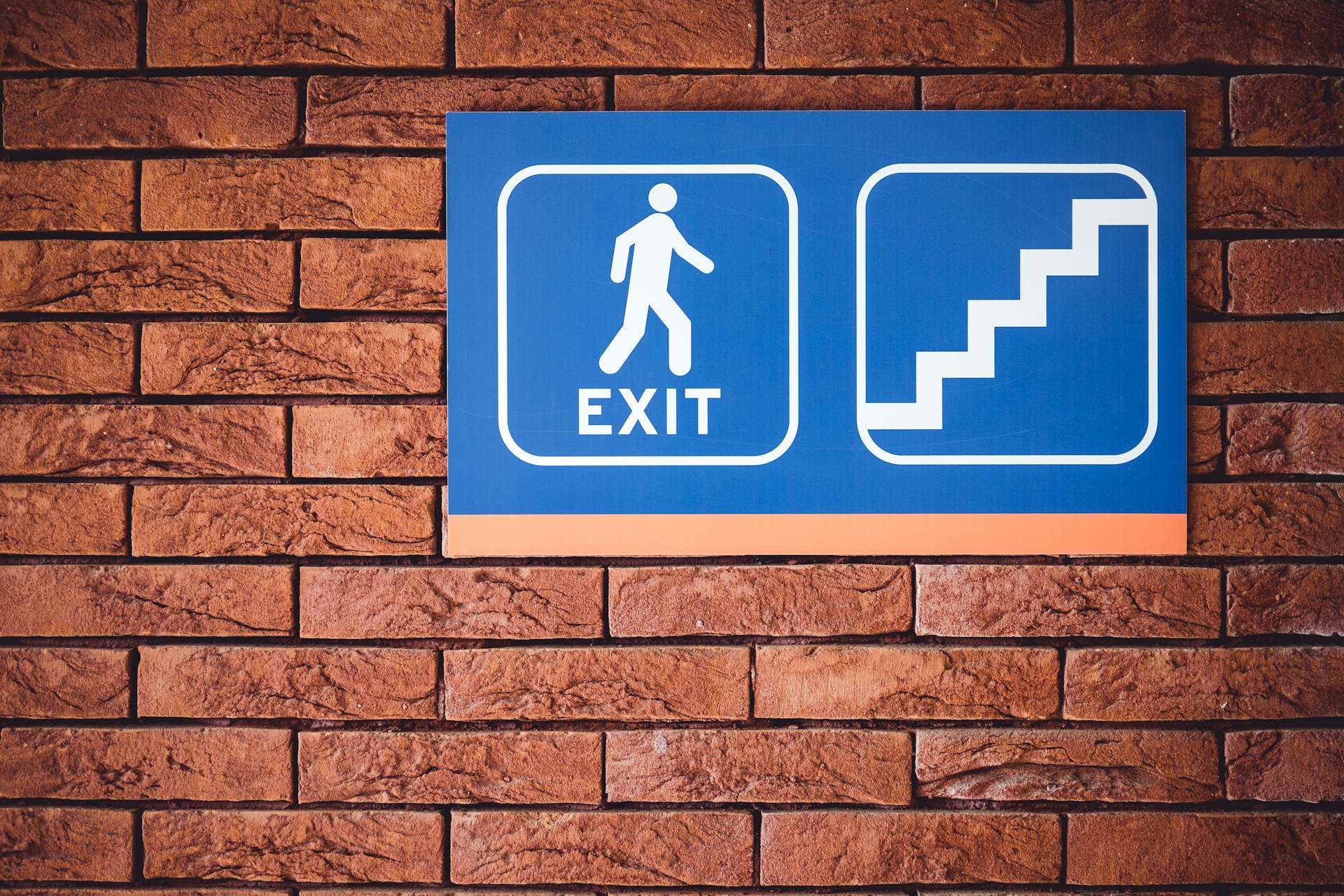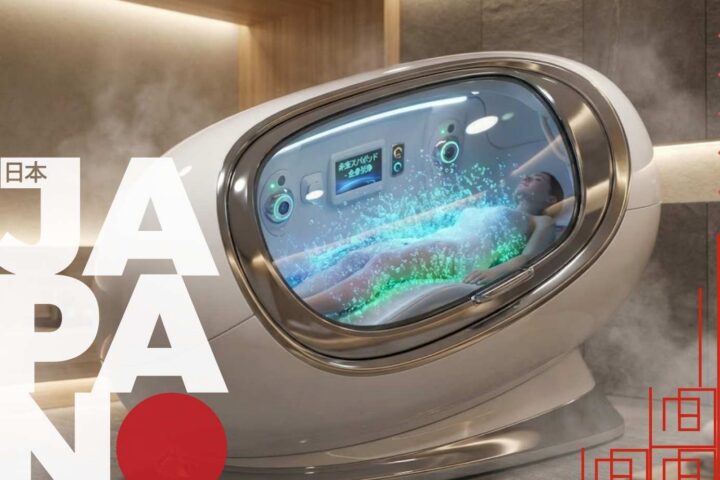Clear and visible signage in the workplace is crucial for a number of reasons. Well-designed and strategic signage helps employees navigate the workplace efficiently, promotes safety, and creates a more professional work environment. Investing in thoughtful and purposeful signs, labels, and directions can significantly improve workplace operations and the overall employee experience.

Enhances Workplace Navigation
One of the most fundamental purposes of signage in the workplace is to help employees and visitors easily find their way around. Whether it’s digital signage on screens, directional signs pointing the way to meeting rooms, restrooms, exits, and stairwells, or room numbers and names on offices and conference rooms, signage provides a clear navigational path. Without proper signs, employees can waste significant time searching for locations in a maze-like office. Clear signage minimizes confusion and eliminates this unnecessary time expenditure. Signs should be placed strategically in areas where key navigational decisions are made.
Promotes Workspace Safety
Workplace safety signs are a legally mandated necessity. Signage is critical for alerting employees to potential hazards, proper emergency exit routes, locations of fire extinguishers and other safety equipment, and proper operating procedures. Safety signs use visual icons, signals, and straightforward language that is universally understood regardless of the language spoken. They help reinforce safety rules and regulations and warn against unsafe behaviors. Workplace safety is a top priority for employees and employers alike, and proper safety signage is an indispensable component.
Reinforces Company Branding
Signage doesn’t just provide navigation and safety information – it also reinforces branding and projects a professional appearance. Logos, nameplates, and interior signage utilize branded fonts, color schemes, images, and verbiage that reflect the organization’s visual identity. A consistent look cultivates brand recognition and shows that the company pays attention to design details and aesthetics. Signs should adhere to company style guides and graphic standards for maximum impact.
Improves Wayfinding for Visitors
Clear office signage assists not only employees but also clients, vendors, job candidates, and other visitors who need to find their way. Without directional signs or office names and numbers, first-time visitors can feel lost or frustrated trying to locate the correct person or department. This doesn’t bode well for the visitor experience. Intuitive signage makes wayfinding simple for visitors who’ve never stepped foot in the office before.
Digital displays with searchable office directories can further enhance the visitor experience.
Provides Design Continuity Between Departments
Signage also helps unite different departments and work areas into one cohesive workplace. Even when workspace aesthetics may vary between departments, consistent signage provides visual continuity. Employees can move between spaces while noticing the similar signage style that strings different zones together. This promotes a one-campus feel rather than a disconnected maze of departments. Signage is a subtle but powerful unifying factor.
Communicates Occupant Information
Signage conveys important details about who occupies a given office or workspace. Nameplates, titles, and department names outside offices communicate organizational hierarchy and whom to contact for specific needs. Workspace numbers paired with a directory help visitors zero in on the right area. Break rooms and other shared spaces should also contain occupancy limits and instructions for use.
Digital displays can rotate employee bios, news, or events to further reinforce occupant information.
Sets Clear Rules and Instructions
Signs provide explicit rules and instructions that keep workplace operations orderly and efficient. This includes signage about processes, policies, operating hours, parking and traffic flow, off-limit zones, dress code, visitor passes, and code of conduct. Setting clear workplace rules and expectations through signage helps maintain harmony. Signs keep instructions front and center instead of relying on word-of-mouth communications that are unlikely to reach every employee.
Enhances Experience and Morale
Ultimately, strategic signage has a positive influence on employee experience and morale. When employees can easily navigate their workplace without frustration, and clearly understand rules and brand identity, they feel more empowered and happy in their roles. Good signage demonstrates that management cares about details and the well-being of employees. Workers don’t want to feel lost in a disorienting environment each day. Strong signage improves quality of life.
Well-designed signage serves numerous essential functions in the workplace that impact employees and visitors alike. Signs enhance wayfinding and navigation, promote safety, reflect brand identity, provide occupant information, set clear rules, and boost morale. For minimal investment, thoughtful signage pays dividends through improved workplace efficiency, brand continuity, and worker empowerment.
Signage should never be an afterthought in office planning and design. Strategic and comprehensive signage is a hallmark of a high-functioning and professional workplace.
















